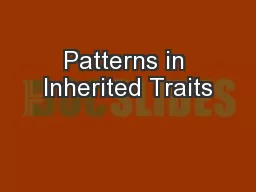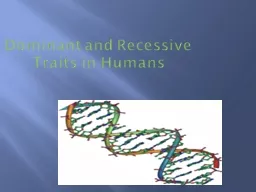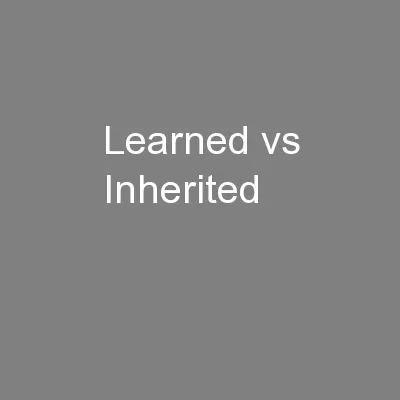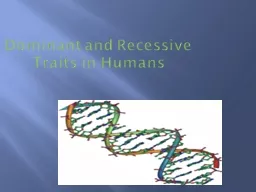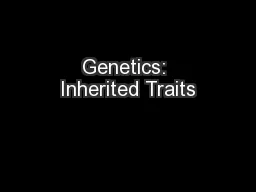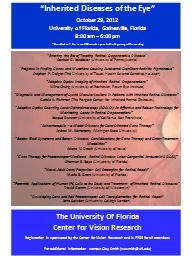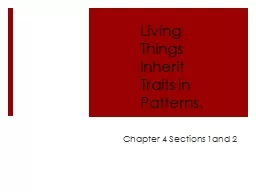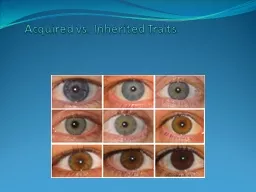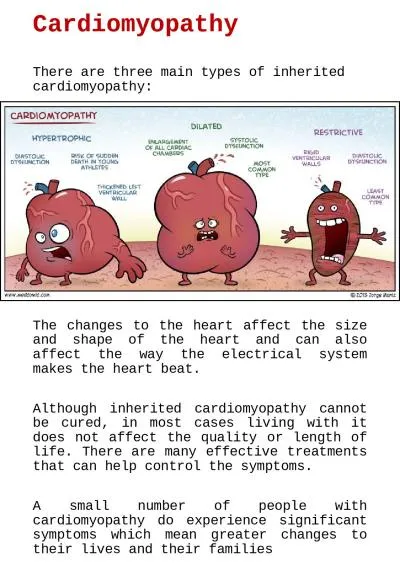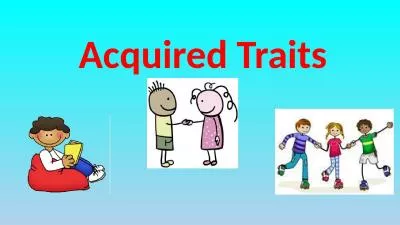PPT-Patterns in Inherited Traits
Author : olivia-moreira | Published Date : 2017-03-20
Chapter 13 Alleles and Traits Blending inheritance Example Black and white horse will produce offspring Failed to explain how traits disappear over several generations
Presentation Embed Code
Download Presentation
Download Presentation The PPT/PDF document "Patterns in Inherited Traits" is the property of its rightful owner. Permission is granted to download and print the materials on this website for personal, non-commercial use only, and to display it on your personal computer provided you do not modify the materials and that you retain all copyright notices contained in the materials. By downloading content from our website, you accept the terms of this agreement.
Patterns in Inherited Traits: Transcript
Download Rules Of Document
"Patterns in Inherited Traits"The content belongs to its owner. You may download and print it for personal use, without modification, and keep all copyright notices. By downloading, you agree to these terms.
Related Documents

